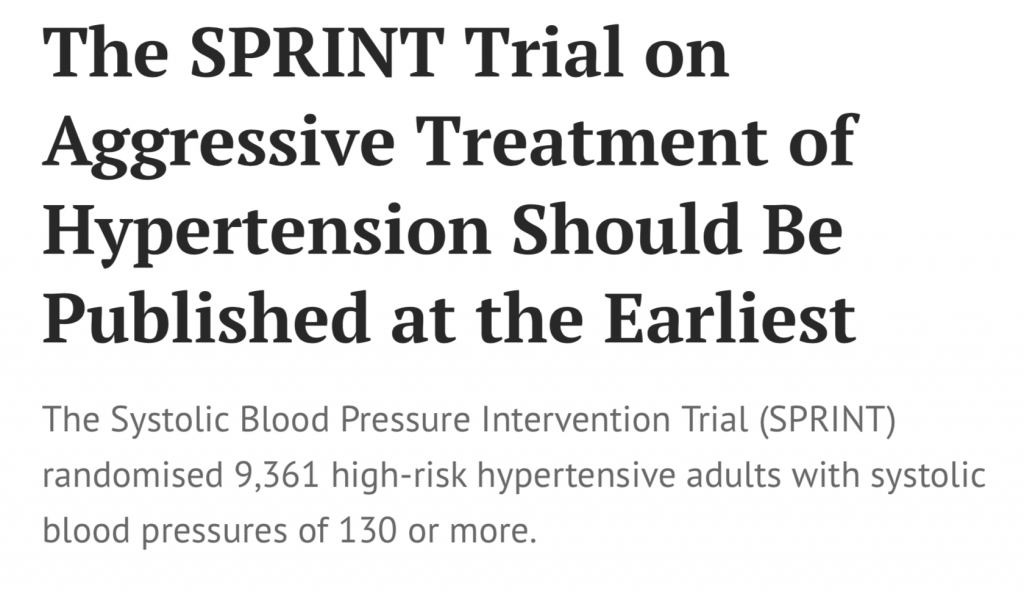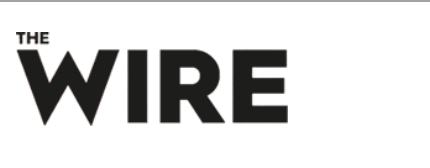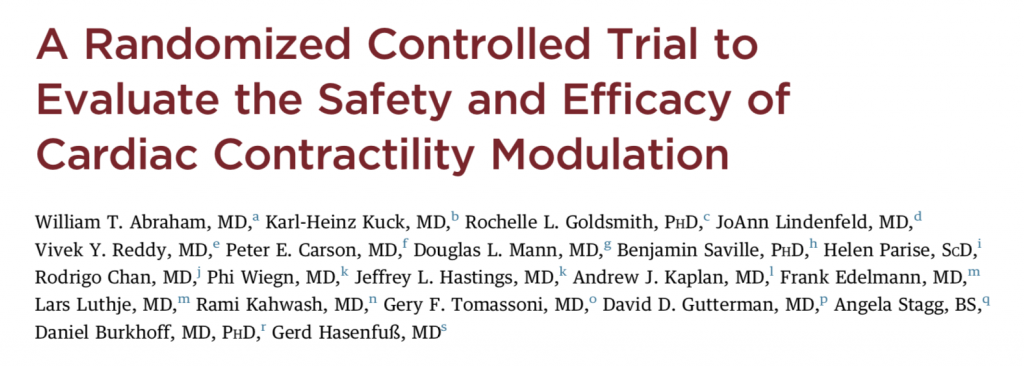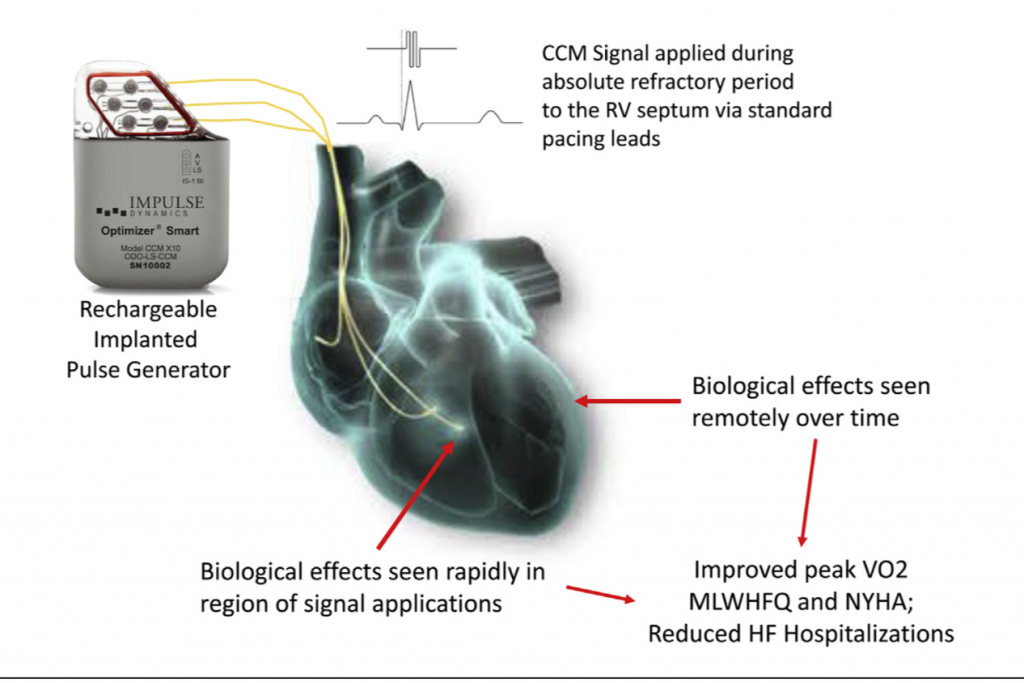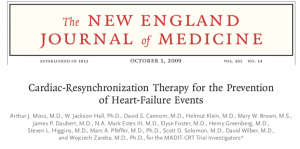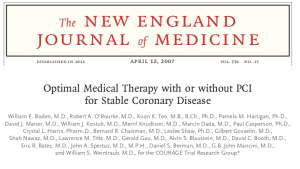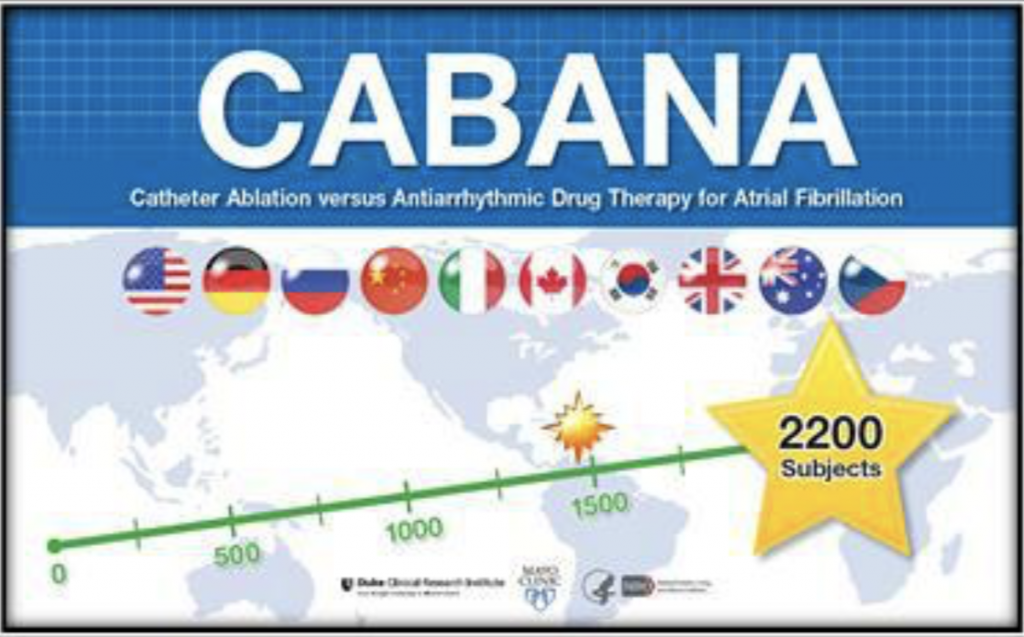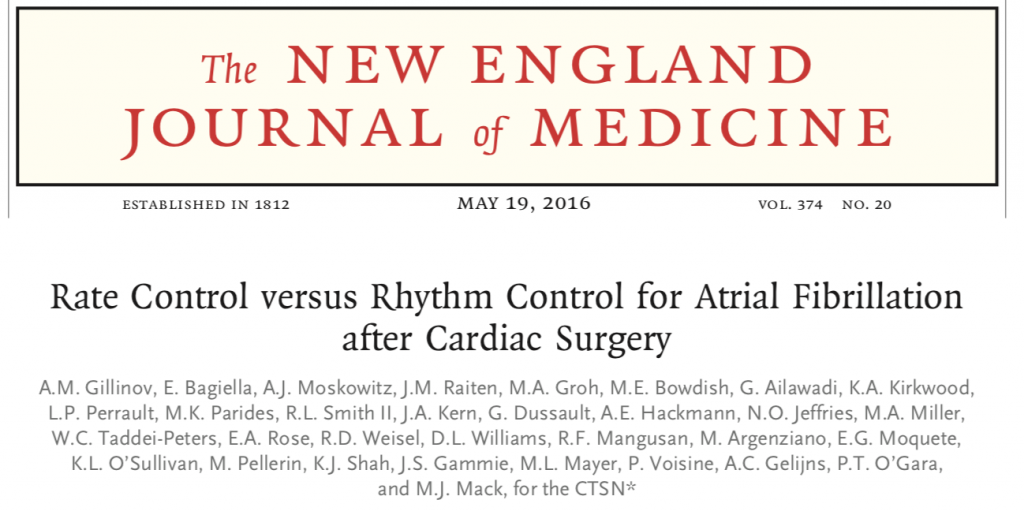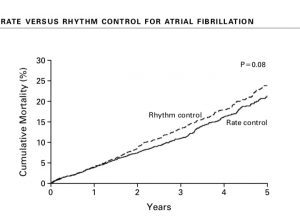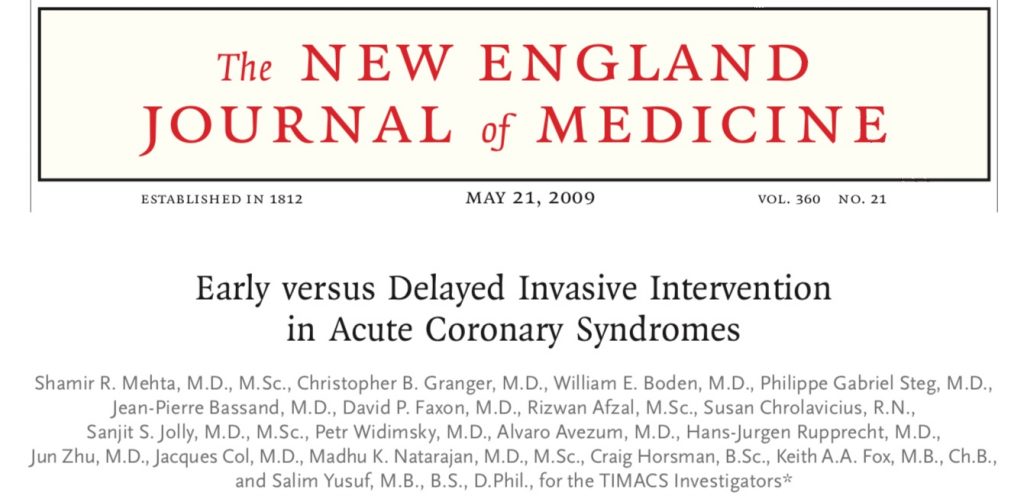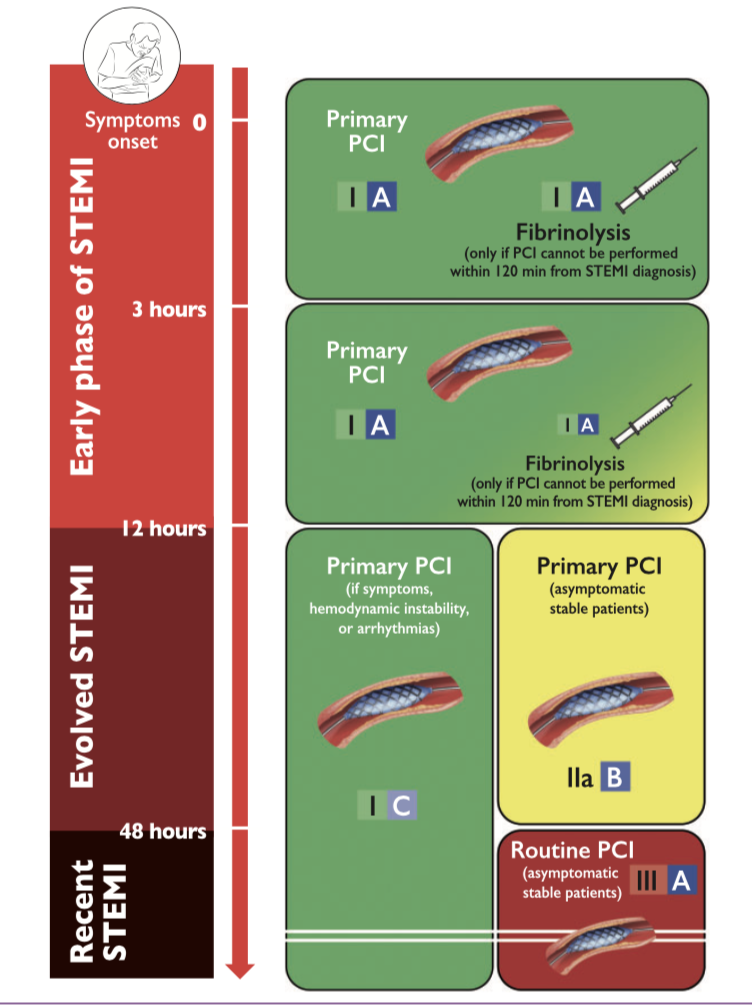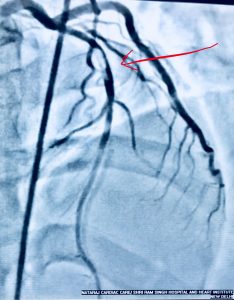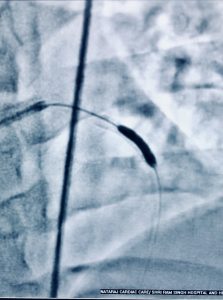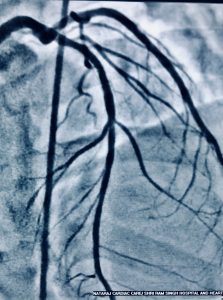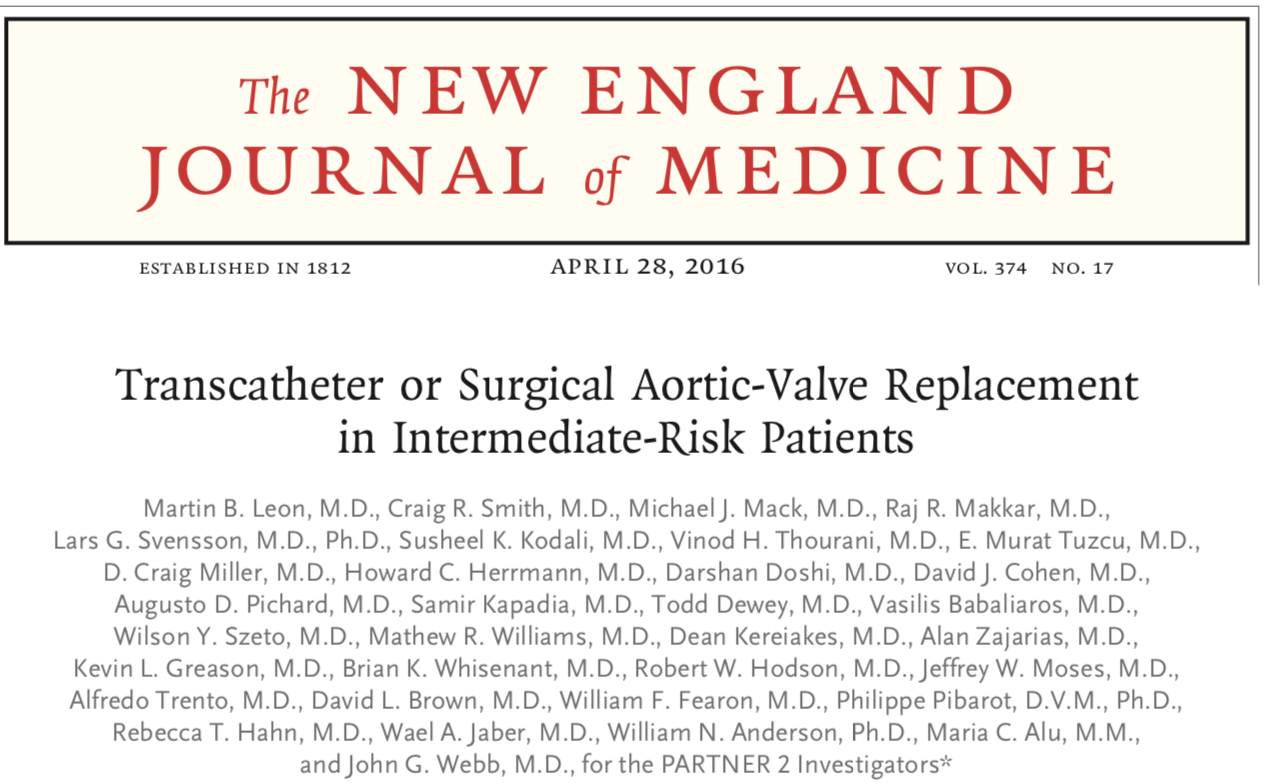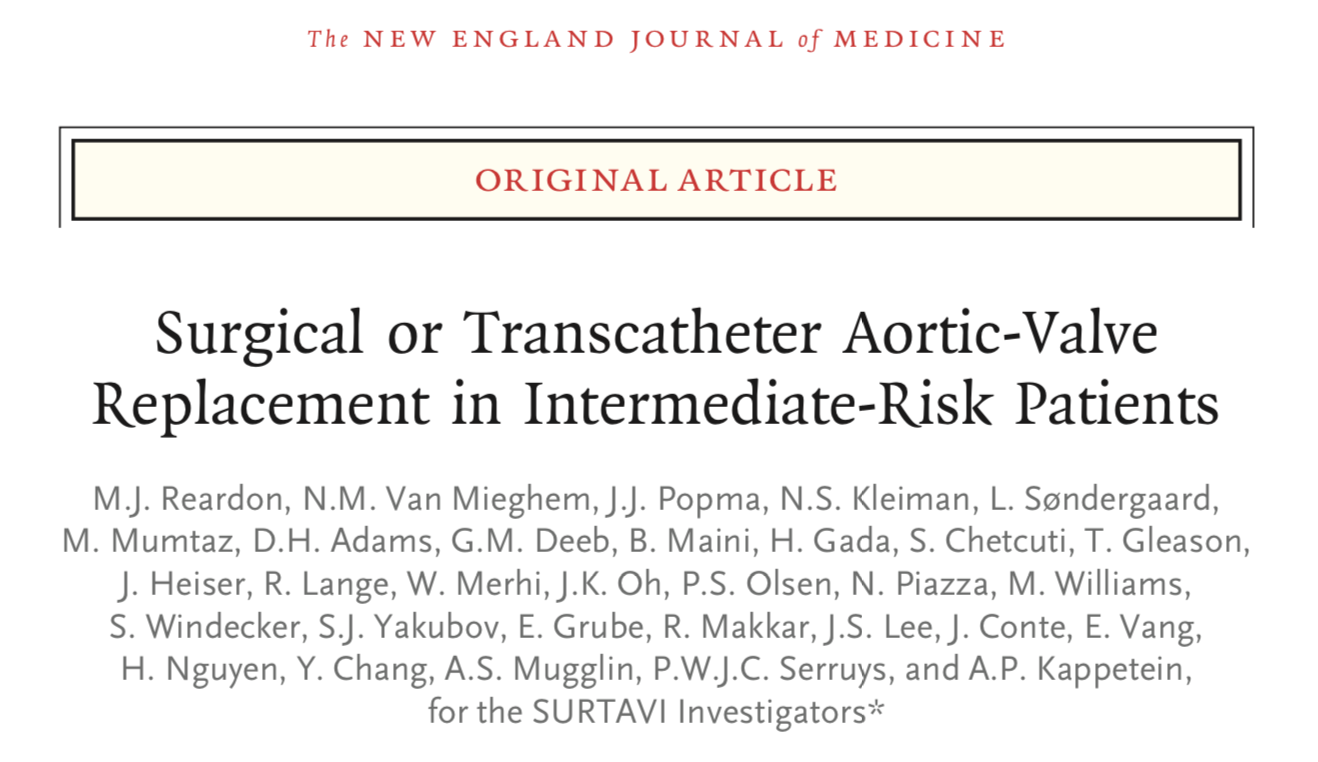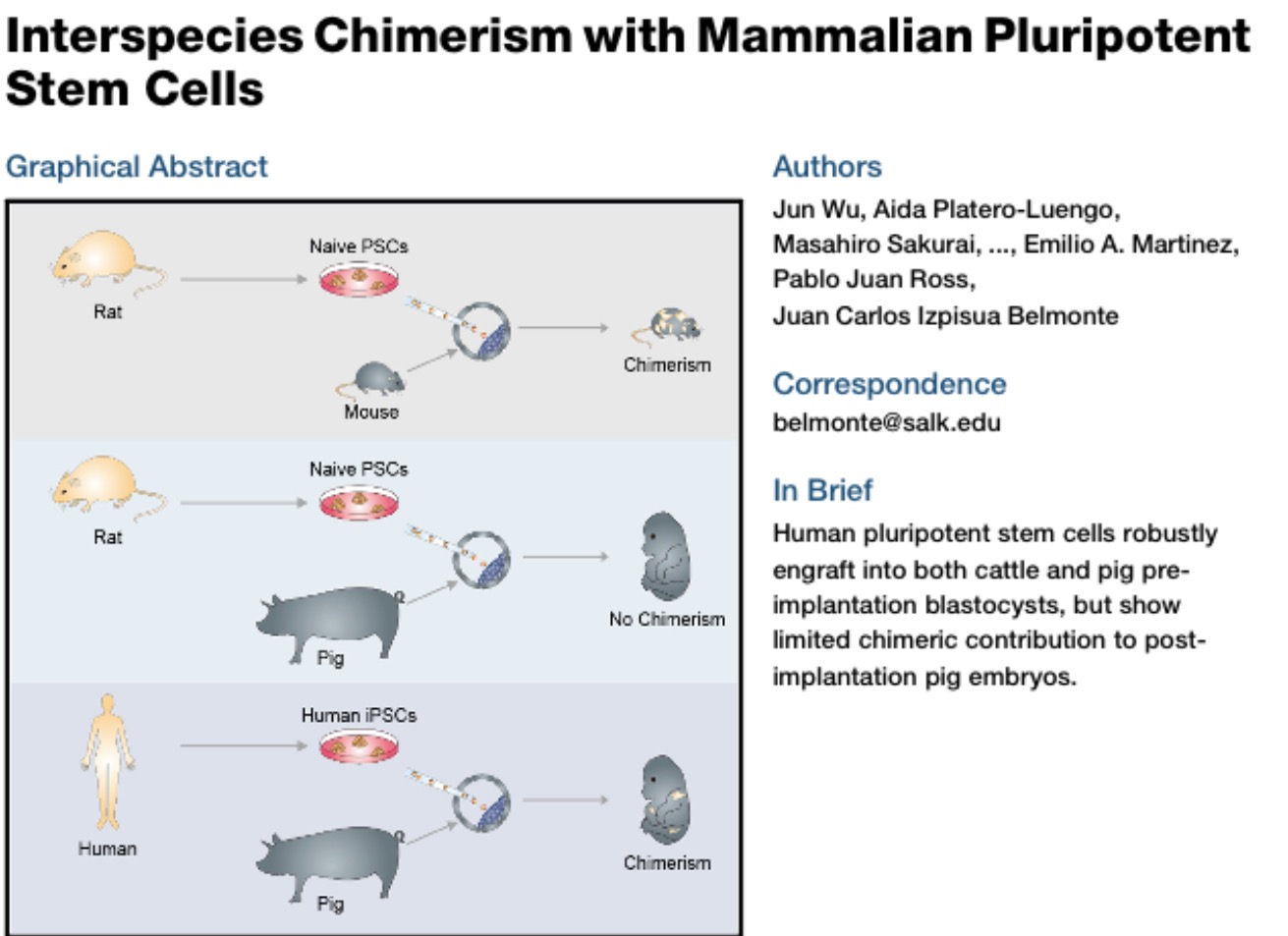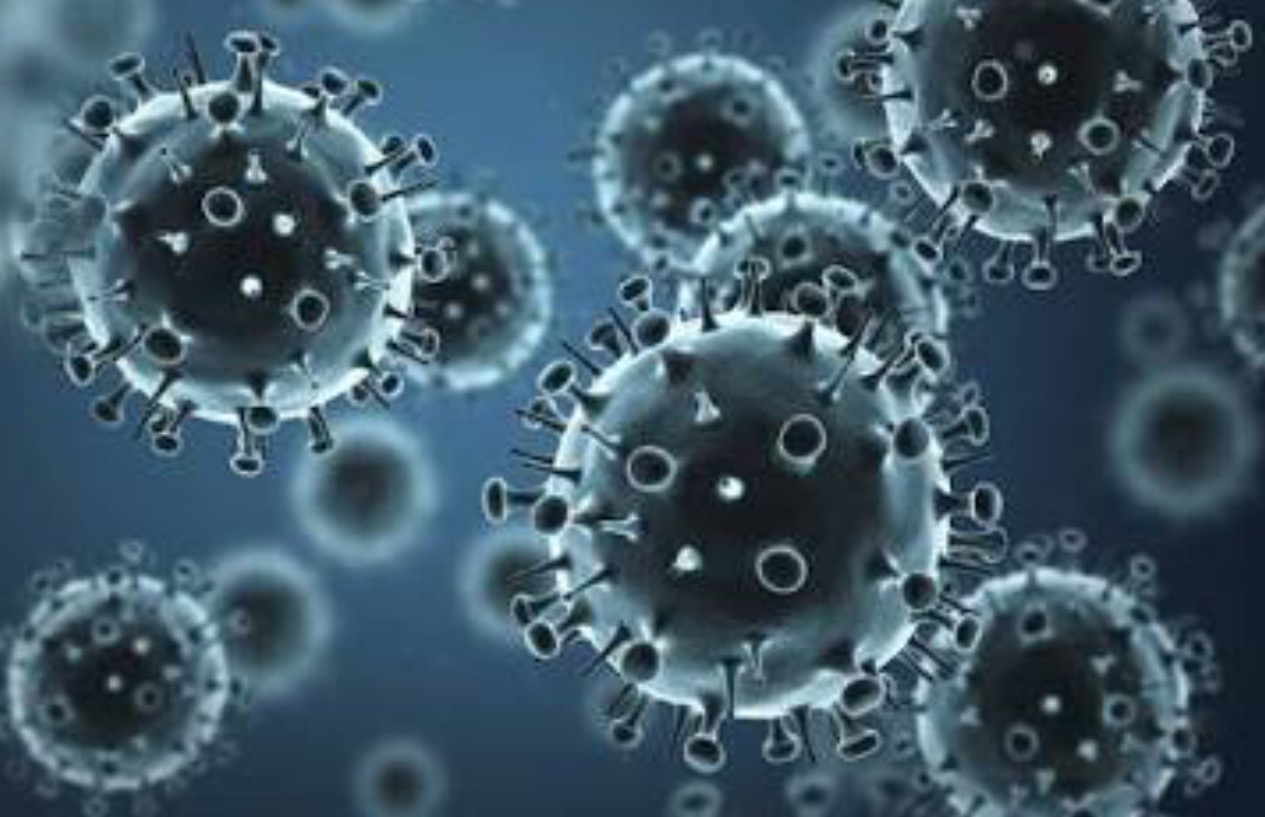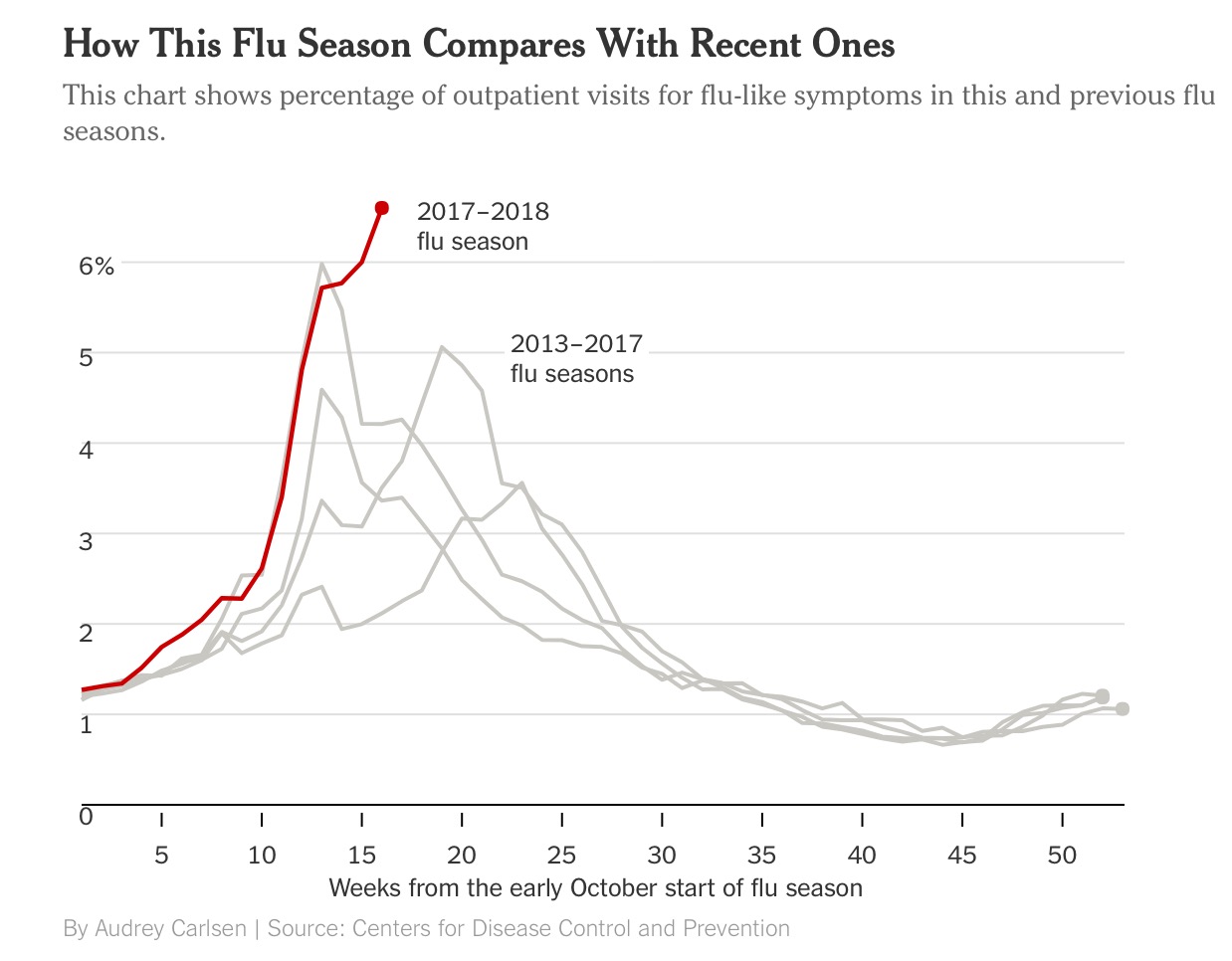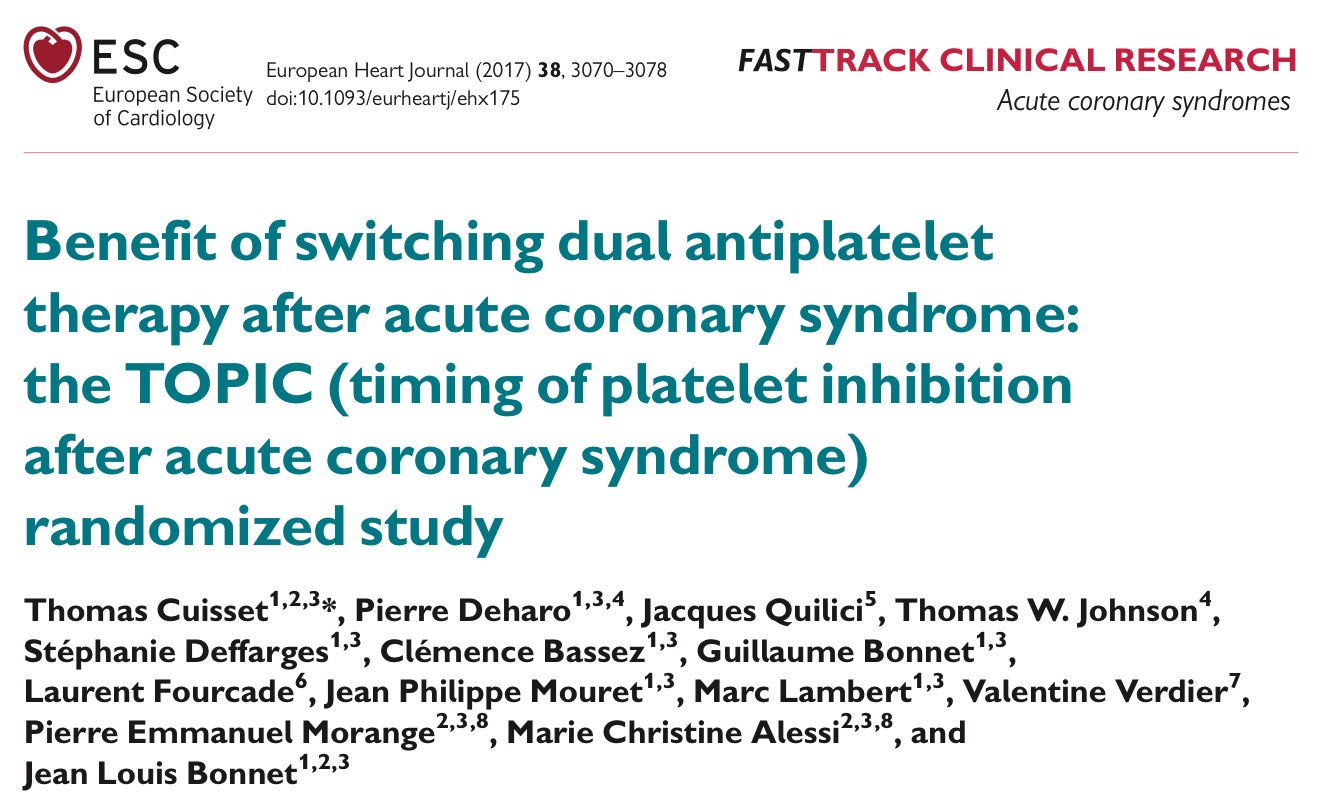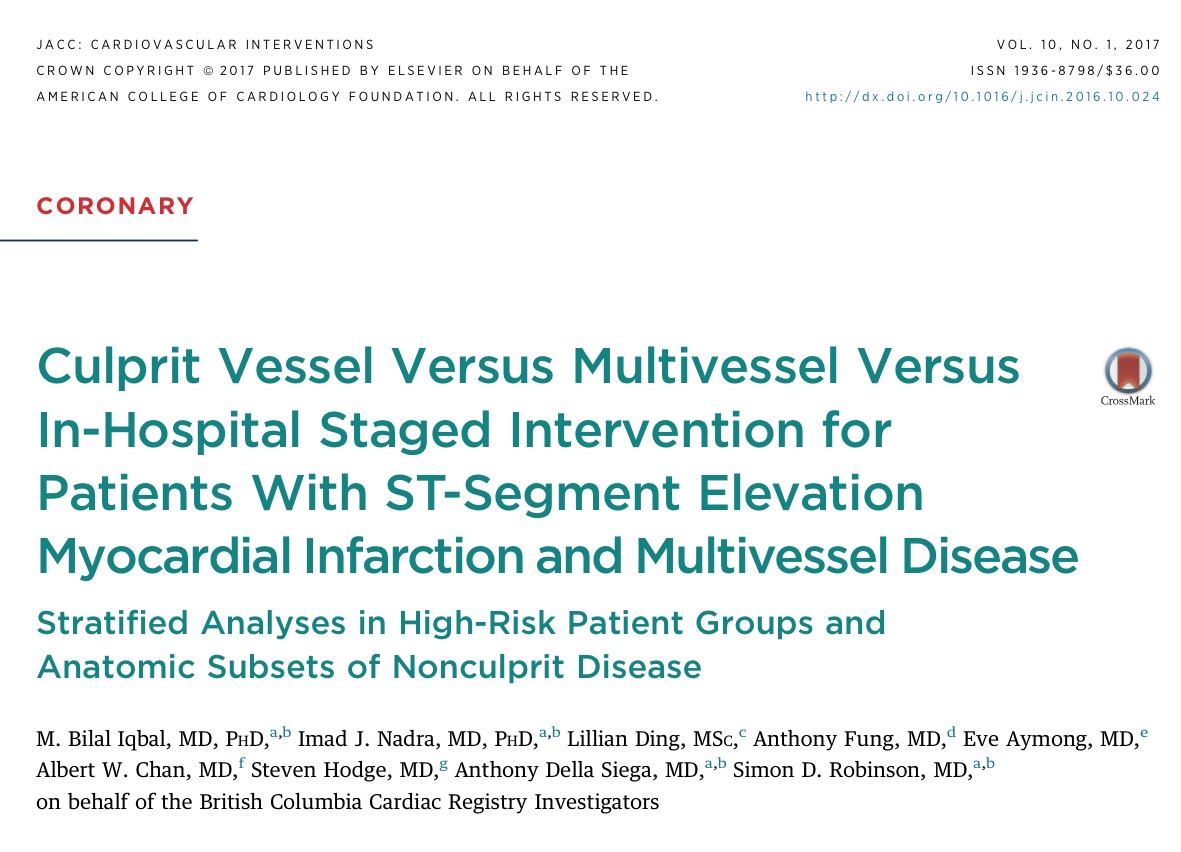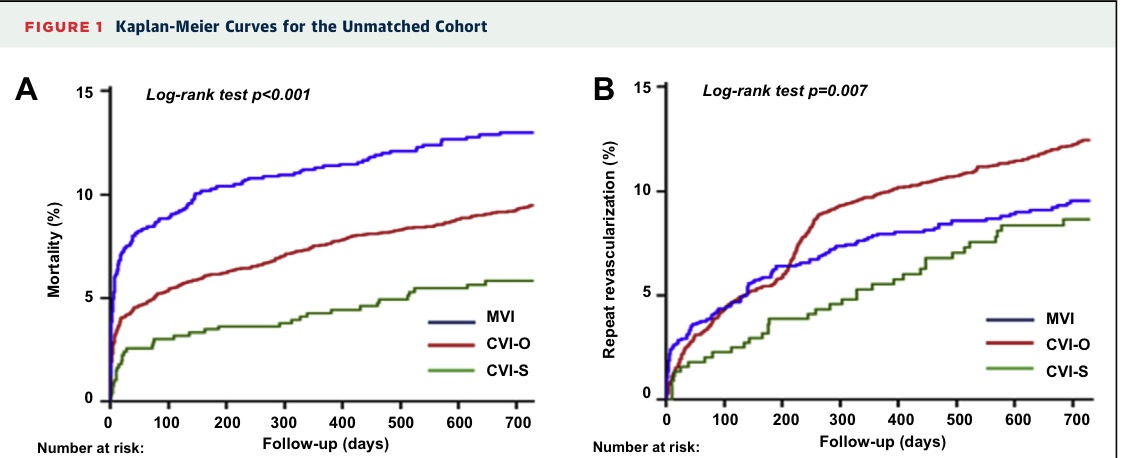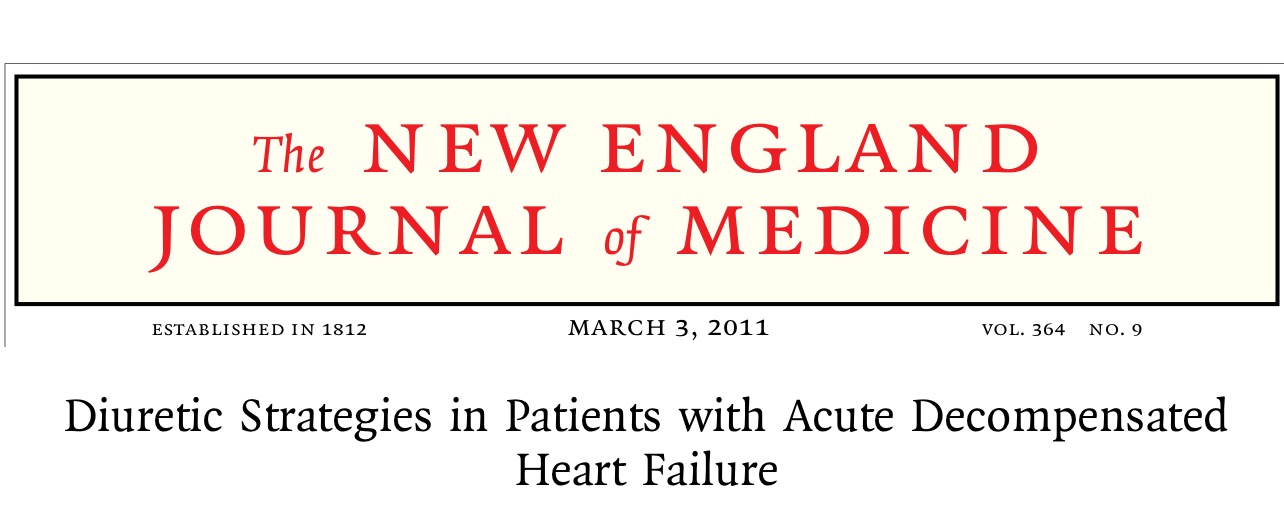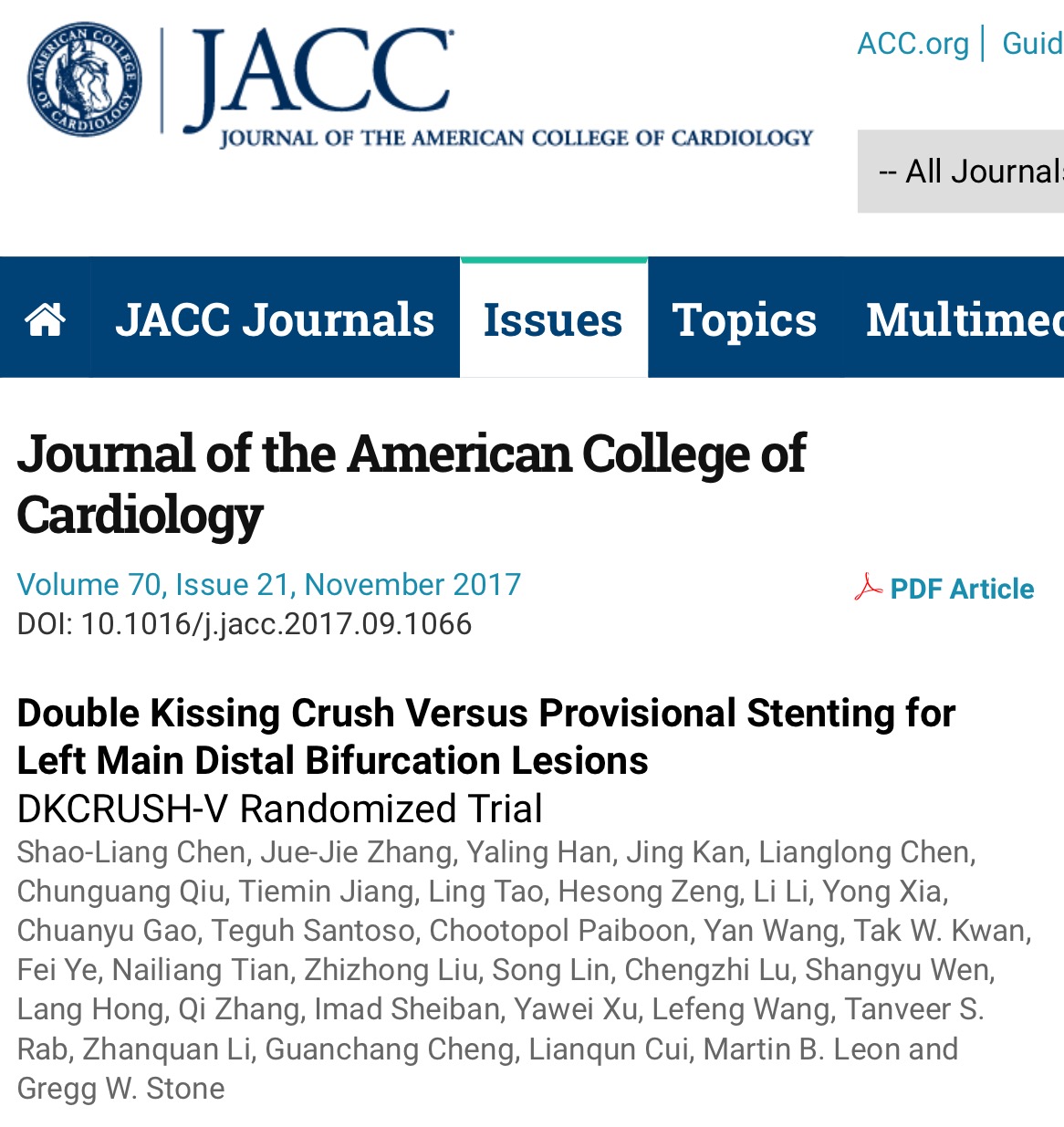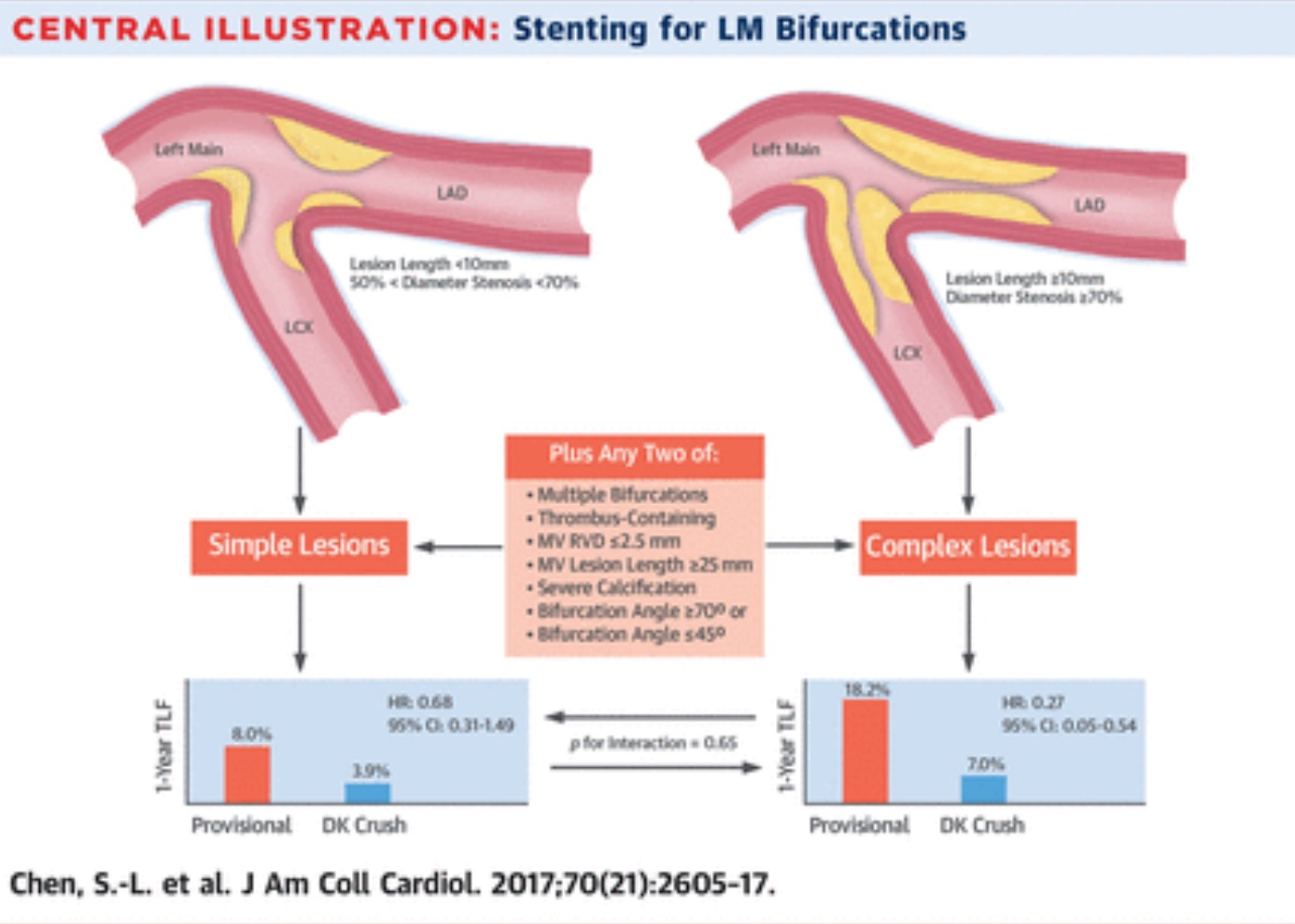
A committee of distinguished Indian cardiologists have to be congratulated for their endeavour in bringing out an Indian perspective on the definition, diagnosis and prevention of contrast induced acute kidney injury ( CI-AKI). The well written manuscript is however severely handicapped by lack of data regarding CI-AKI in Indian conditions. Only one citation from India is provided , which is the Madras Mission Scoring system of risk stratification from a total of 22 references adorning this manuscript. The conclusions drawn by the authors are entirely from Western literature . An Indian viewpoint in the absence of Indian data will have little impact; very much like pace bowling without the assistance of swing, albeit such conditions will favour Indian batsmen in the next 6 weeks of test cricket in England.
The incidence of contrast induced kidney injury depends upon risk factors such as age greater than 75 years, chronic kidney disease, diabetic nephropathy, and heart failure. Prevention of contrast induced kidney injury revolve around managing renal vasoconstriction and tissue hypoxia, direct cytotoxicity, increased blood viscosity and raised oxidative stress.
Every interventional cardiologist has grappled with kidney injury subsequent to diagnostic angiography or a percutaneous coronary intervention procedure. It can be a nerve shattering experience with considerable morbidity and mortality. Contrast nephropathy is a serious problem that has to be treated judiciously.
The working clinical definition of contrast induced AKI remains an elevation of serum creatinine by a relative 25% or an absolute 0.5 mg% in the 48-72 hours following a procedure. The incidence of CI-AKI ranges from 2%-10% depending upon the study you examine. It has been reported as high as 30% in patients with compromised kidney function at base-line. It is also recognised that there are biomarkers indicating damage to nephrons as early as 6 hours post procedure. These biomarkers indicate kidney damage in the absence of elevated serum creatinine. Neutrophil gelatinase associated lipocalin ( NGAL) and Cystain C are sensitive biomarkers reflecting kidney injury but are currently a trifle too expensive for routine clinical use. The Indian “experts” recommend that iso osmolar contrast is to be preferred to low osmolar contrast in patients with compromised kidneys. Hydration with saline is the best preventive measure against CI- AKI ; and that N acetylecysteine (NAC) should be upgraded to recommendation 2A from 2 B.
The 2 most important papers on CI- AKI published in 2017 seem to have completely escaped the notice of the Indian committee. Both papers have been acknowledged as t highlights of research conducted in 2017 in acute coronary syndrome by the European Society of Cardiology. It is well recognised that CI-AKI is a consequence of the administration of intravascular iodinated contrast media use during radiological procedures and PCI. The mechanism is supposed to be direct nephrotoxicity by free radicals or renal vasoconstriction. Dialysis may be required in more than 5% of patients developing AKI due to contrast. Preventive strategies continue to be unclear because trials done in the past included variable population groups, variability in treatment strategy and end points employed. Crucially these studies were powered for CI-AKI and not for hard endpoints like death or requirement of dialysis.
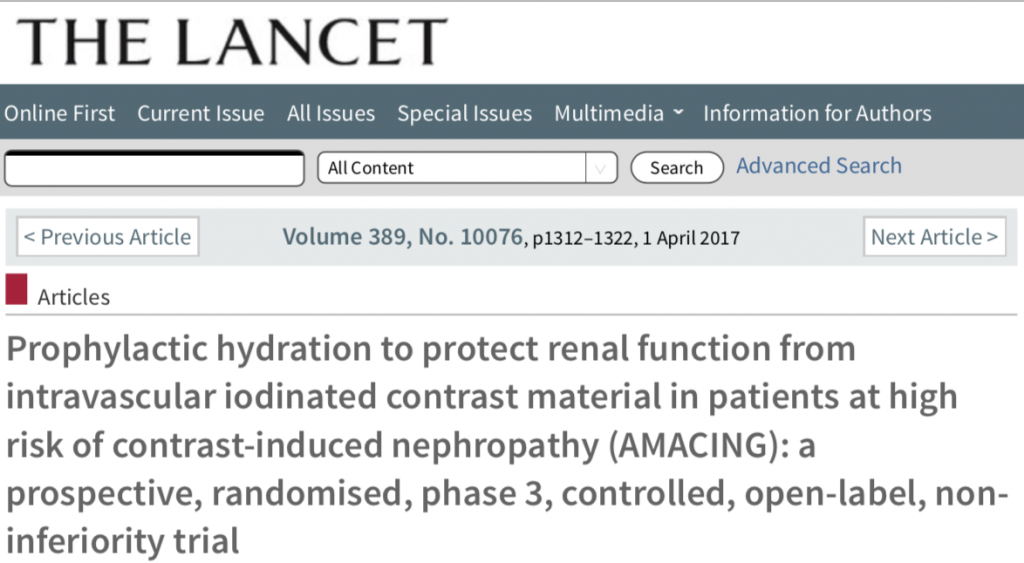
Continue reading “INDIAN CARDIOLOGISTS’ PERSPECTIVE ON CONTRAST INDUCED KIDNEY INJURY HAS NEITHER ‘PACE’ NOR ‘SWING’”
